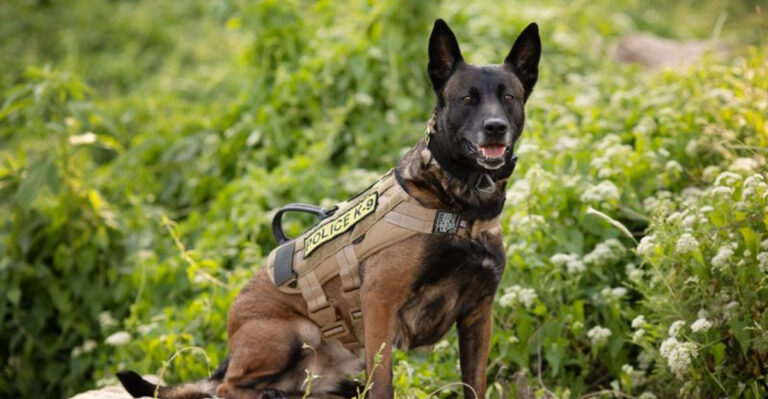12 Intelligent Animals That Can Detect Human Lies Better Than You Expect
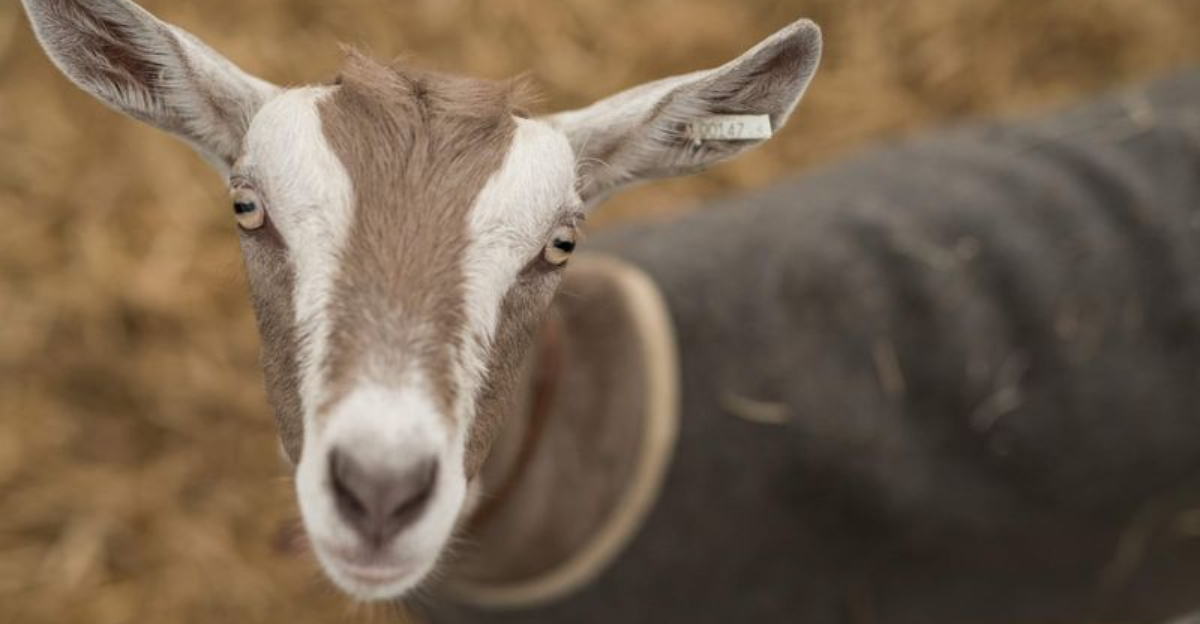
Have you ever wondered if animals can tell when you’re fibbing? While humans often struggle to spot deception, many creatures in the animal kingdom have evolved remarkable abilities to detect dishonesty.
These natural lie detectors use a combination of heightened senses, evolutionary instincts, and social intelligence to spot when something doesn’t add up.
From familiar pets to surprising wild species, these animals might make you think twice before trying to pull a fast one around them!
1. Dogs: The Original Four-Legged Lie Detectors

Your furry best friend has an uncanny ability to sense when you’re being dishonest. Dogs read subtle changes in your body language, heart rate, and even detect stress chemicals released through your sweat when you lie. They’ve lived alongside humans for over 30,000 years, developing an extraordinary sensitivity to our emotional states.
Police departments worldwide rely on this talent, training canines to detect nervousness and unusual behavior in suspects. Even untrained pet dogs often react differently when their owners aren’t telling the truth – they might tilt their heads, whine, or appear confused.
2. Horses: Emotional Mirrors With Exceptional Intuition
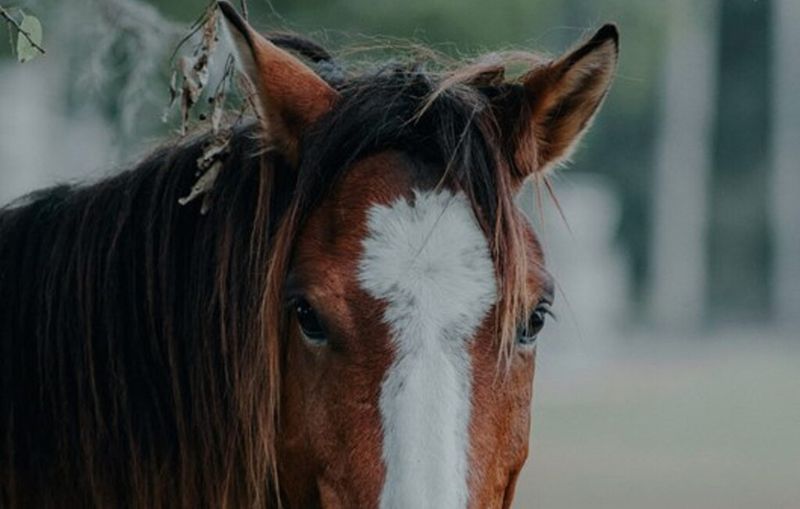
Horses possess remarkable emotional intelligence that makes them excellent at spotting deception. These majestic creatures can detect minute changes in human heart rates, breathing patterns, and muscle tension – all telltale signs of lying. Their evolutionary history as prey animals has fine-tuned their senses to notice anything unusual or threatening.
Equine-assisted therapy programs utilize this sensitivity to help people develop emotional awareness. A horse might refuse commands from someone feeling inauthentic or dishonest. Their instant feedback creates a powerful mirror for human emotions, forcing genuine interaction.
3. Ravens: The Feathered Skeptics

Among birds, ravens stand out as masters of social deception – and detection. These brilliant corvids remember individuals who have tricked them and adjust their behavior accordingly. Scientists have observed ravens refusing to cooperate with humans who previously misled them about food locations.
Ravens maintain complex social hierarchies requiring them to identify trustworthy allies. They watch other birds’ body language intently, noticing inconsistencies that might signal deception. Their brain-to-body ratio rivals that of chimpanzees, giving them exceptional cognitive abilities.
4. Elephants: Gentle Giants With Lie-Detecting Trunks
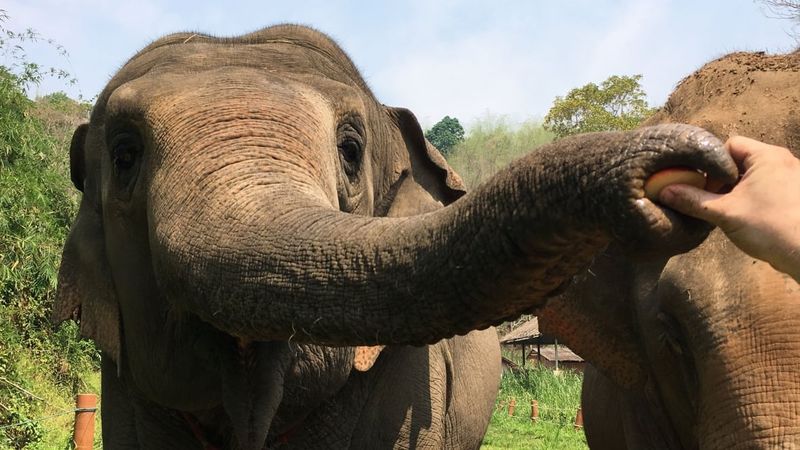
Elephants’ extraordinary sense of smell helps them identify when humans aren’t being forthright. Their trunks contain more scent receptors than any other land mammal, allowing them to detect the subtle chemical changes our bodies produce when lying. Elephant handlers report that these animals become noticeably wary around people who have previously deceived them.
Beyond scent, elephants’ emotional intelligence rivals our own. They maintain complex social networks spanning decades and generations. This social sophistication gives them an intuitive grasp of behavioral inconsistencies that might indicate dishonesty.
5. Rats: Small Bodies, Big Lie-Detecting Brains
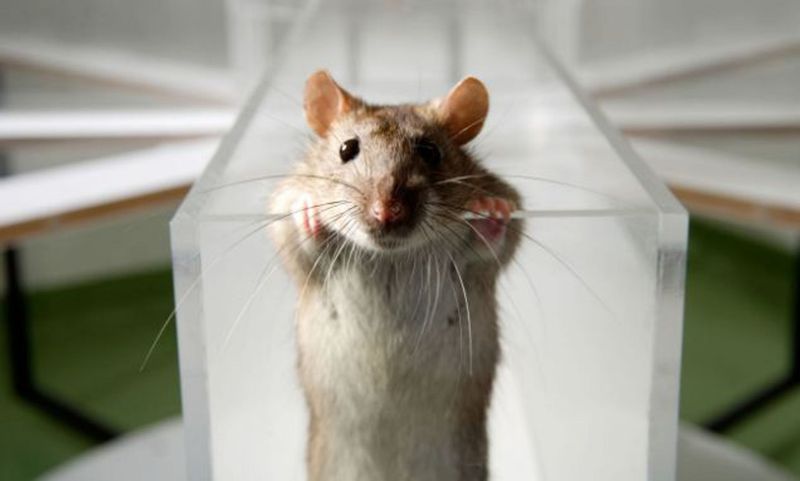
Don’t let their size fool you – rats possess astonishing abilities to detect human deception. These highly social rodents can recognize emotional states in both fellow rats and humans. Laboratory studies show they detect inconsistencies in human behavior patterns, becoming cautious around people who have previously misled them.
Rats’ whiskers act as sensitive instruments, picking up minute changes in air currents that might indicate nervousness or tension. Their exceptional memory allows them to track patterns of trustworthiness over time. Some research facilities even train rats to identify suspicious behavior, similar to how police use dogs.
6. Cats: Masters Of Reading Hidden Intentions

Your feline companion notices more than you think. Cats evolved as both predators and prey, developing heightened awareness of subtle environmental changes – including human dishonesty. They’re particularly attuned to inconsistencies between your words and body language, often responding with skepticism when these don’t align.
Feline sensitivity to human emotional states is well-documented. They detect changes in voice pitch, posture, and even pupil dilation that might indicate deception. Unlike dogs, cats typically respond to detected lies with cool indifference rather than confusion – perhaps explaining their reputation for aloofness.
7. Chimpanzees: Our Closest Relatives Are Natural Lie Detectors
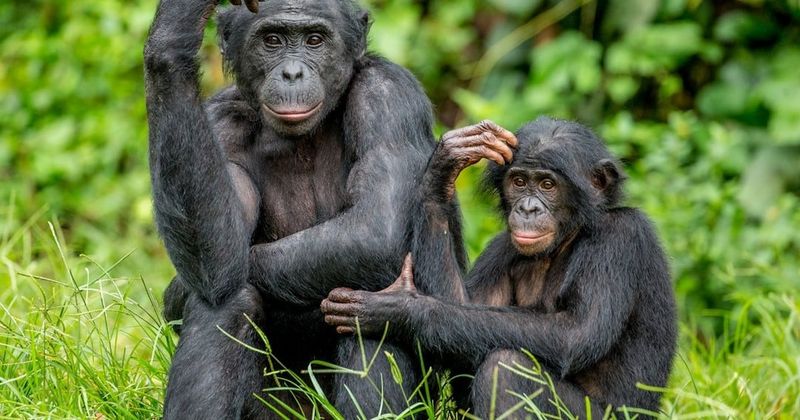
Sharing approximately 98% of our DNA, chimpanzees have evolved sophisticated abilities to detect deception. In the wild, their survival depends on identifying trustworthy group members versus potential deceivers. Research shows chimps remember individuals who have lied to them and significantly alter their behavior toward these untrustworthy figures.
Chimps read human facial expressions with remarkable accuracy, noticing the micro-expressions that often accompany lying. They pay particular attention to eye movements and subtle facial tension. Sanctuary workers report that attempting to trick a chimp rarely succeeds – they seem to sense dishonesty almost immediately.
8. Dolphins: Oceanic Truth Seekers

Dolphins possess an extraordinary tool for detecting deception – their echolocation. This biological sonar system allows them to detect subtle changes in human heart rates and muscle tension associated with lying. Marine biologists report that dolphins often behave differently around trainers who aren’t being completely honest about rewards or activities.
Beyond physical detection, dolphins demonstrate remarkable social intelligence. They maintain complex relationships requiring accurate assessment of others’ intentions and reliability. Their playful nature sometimes masks their sophisticated ability to read situations and people.
9. Parrots: Vocal Mimics With Deception Detection
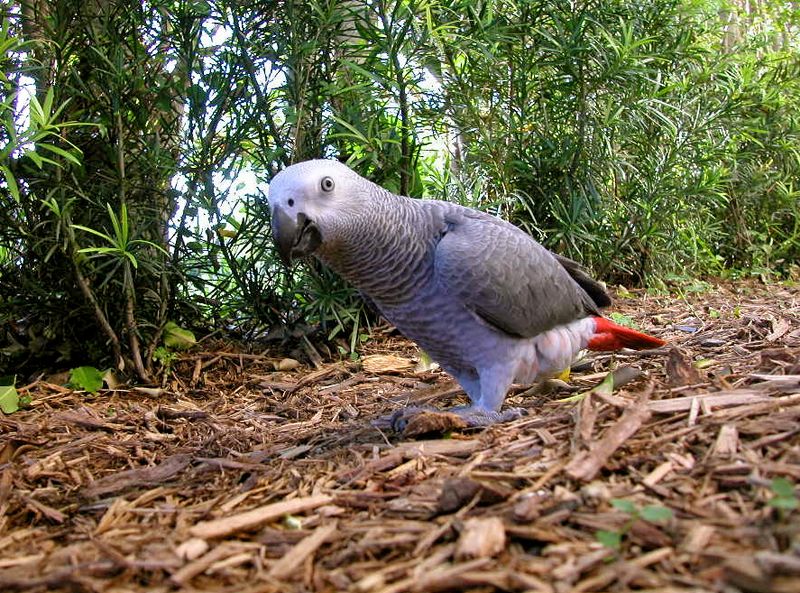
Parrots don’t just mimic words – they’re extraordinarily sensitive to the emotional undertones in human speech. These birds detect subtle voice variations that often accompany lying, such as changes in pitch, rhythm, and volume. Parrot owners frequently report their birds acting differently when someone isn’t being truthful.
The African Grey parrot, particularly, demonstrates remarkable abilities to distinguish genuine from deceptive communication. They often refuse to cooperate with people who have previously misled them. Their cognitive abilities rival those of a 5-year-old child, allowing them to recognize patterns of trustworthiness over time.
10. Goats: Surprisingly Perceptive Farmyard Philosophers

Farmyard goats might seem simple, but research reveals their sophisticated ability to detect human dishonesty. These animals possess exceptional memory, recognizing and remembering individual humans for years. They quickly learn which people reliably provide food or care versus those who have deceived them.
Goats pay particular attention to human facial expressions and body posture. Studies show they prefer interacting with people displaying positive emotions and avoid those exhibiting signs of deception or untrustworthiness. Their rectangular pupils give them nearly 360-degree vision, allowing them to monitor subtle body language cues that humans might miss.
11. Octopuses: Eight-Armed Lie Detectors

The octopus’s remarkable intelligence extends to detecting human deception. These cephalopods possess highly developed observation skills, noticing patterns in human behavior that indicate trustworthiness. Aquarium staff report octopuses behaving differently toward various keepers based on past interactions.
With two-thirds of their neurons located in their arms, octopuses literally “think” with their entire body. This distributed intelligence gives them unique perception abilities. They observe humans through tank walls, learning which individuals are reliable sources of food and enrichment versus those who have previously misled them.
12. Bees: Tiny Bodies With Surprising Human Insight
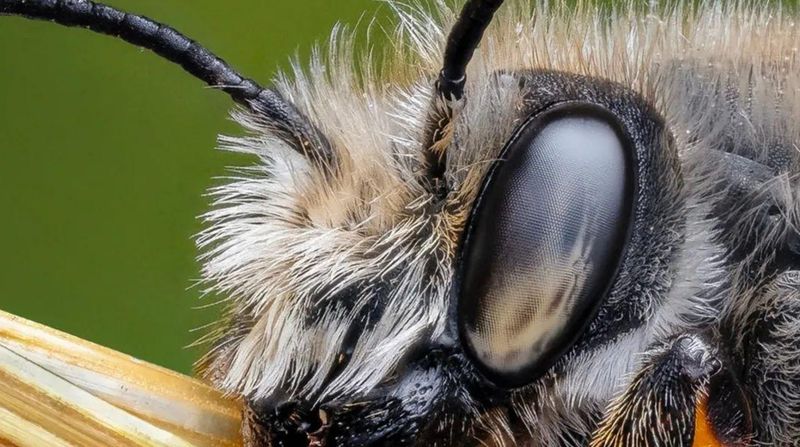
Honeybees demonstrate unexpected abilities to detect human deception through chemical signals. These industrious insects can sense fear pheromones and stress hormones humans release when lying. Beekeepers often notice their colonies becoming agitated around people who approach with harmful or dishonest intentions.
Bees’ compound eyes detect subtle movements invisible to humans, including micro-expressions that often accompany deception. Their collective intelligence allows them to remember and communicate information about potential threats. Research suggests they can even recognize individual human faces, distinguishing between trustworthy keepers and those who have previously disturbed the hive.




